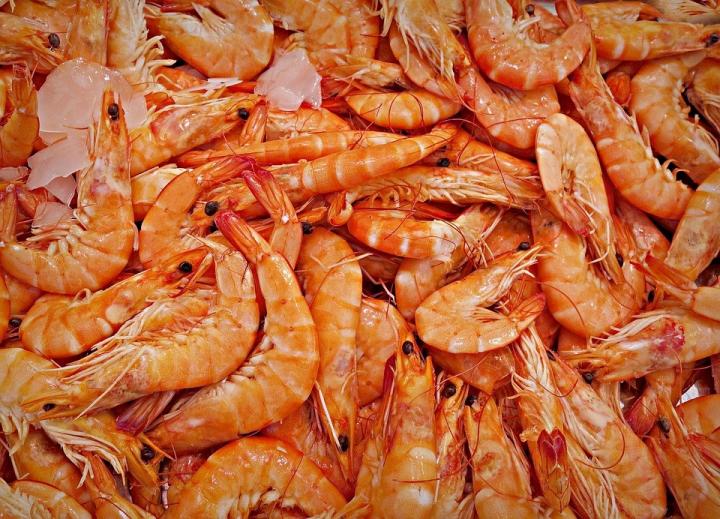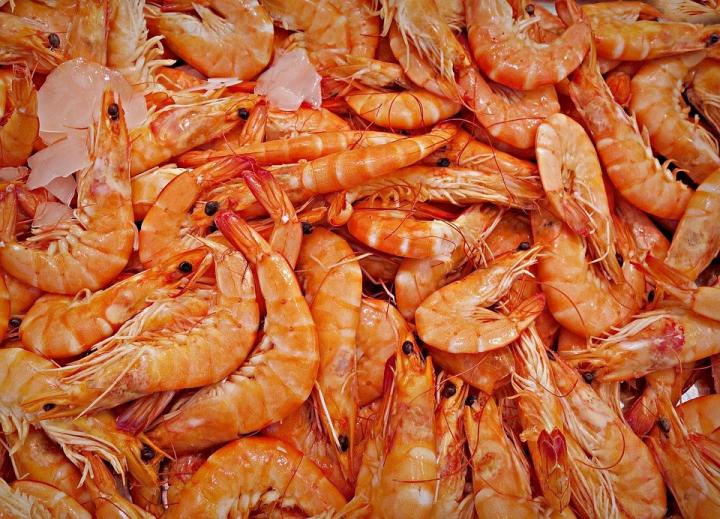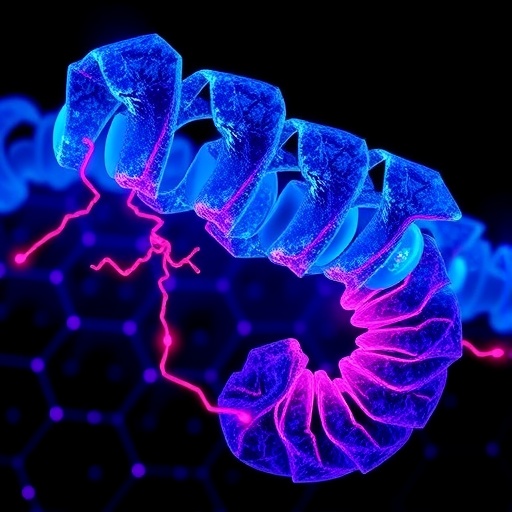
Credit: Pixabay
Amsterdam, May 1, 2017 – A new type of wound dressing could improve thousands of people's lives, by preventing them from developing infections. The dressing, a type of compression held in place by a bandage, uses an antibacterial substance formed from the shells of crustaceans like shrimps. It is described in a paper published in the May issue of Radiation Physics and Chemistry.
The innovative wound cover was made using a substance extracted from the shells of crustaceans
Antimicrobial resistance is becoming a worldwide health threat. A recent report by the Review on Antimicrobial Resistance, commissioned in 2014 by then UK Prime Minister David Cameron and led by economist Jim O'Neill, warns that antimicrobial resistance could kill 10 million people each year by 2050, dwarfing even the number of estimated deaths from cancer. Because of this, preventing infection has never been more important.
The protective dressing was developed by Dr. Radoslaw Wach and his colleagues from Lodz University of Technology in Poland. Their innovation builds on a type of dressing that has been around for centuries. By providing moisture to a wound, hydrogel dressings can speed up aspects of healing and cool the wound down. The dressings are durable and elastic, meaning they can easily adapt to the shape of the affected body part.
Dr. Wach and his colleagues adapted the hydrogel dressing manufacturing technique to make a version of the classic dressing with an added benefit. The team did this by incorporating an antibacterial and biodegradable substance called chitosan, extracted from the shells of crustaceans, within the dressing itself.
The extraction process involves isolating a substance called chitin that is found in the shells and then changing its structure by removing most chemical branches from its acetyl groups. The resulting chitosan then has to be purified before it is used. Chitosan is useful in bandages to stop bleeding and has been known for its antimicrobial properties for decades.
Dr. Wach and his colleagues used a technique called irradiation to combine chitosan with hydrogel dressings. The method comprises cross-linking of hydrophilic polymers next to water — just like with basic hydrogel dressings — to form the firm and durable structure of the dressing and sterilize it in a single step. The researchers next shone an electron beam at the polymer containing a solution of chitosan in a substance called lactic acid while making the dressings. This allowed the chitosan to become part of the dressing itself.
"We developed a composition where chitosan is dissolved in lactic acid and, when added to the regular composition of the dressing, it does not adversely change its ability to cross-link during manufacturing or alter its mechanical and functional properties," said Dr. Wach. "The new hydrogel wound dressing is biologically active."
Dr. Wach hopes the new dressings will one day be used as a replacement for classic hydrogels. "Since wound healing in severe cases may take a long time — up to several weeks — the probability of bacteria-mediated infection is high," he added. "Our novel hydrogel dressing could, therefore, prevent many such infections and avoid serious complications."
Last month, the World Health Organization (WHO) published a new list of bacteria for which new antibiotics are needed. The most critical group of all includes bacteria resistant to multiple drugs. These pose a particular threat in hospitals, nursing homes, and among patients whose care requires devices such as ventilators and blood catheters. They include bacteria called Acinetobacter, Pseudomonas and various Enterobacteriaceae, including Klebsiella, E. coli, Serratia, and Proteus. Furthermore, 480,000 people develop multidrug-resistant tuberculosis globally each year, according to the WHO, and drug resistance is starting to complicate the fight against HIV and malaria. "If our solution is commercialized," concludes Dr. Walsh, "tens of thousands of infections could be prevented each year."
###
Notes for editors
The article is "Chitosan-containing hydrogel wound dressings prepared by radiation technique," by Wiktoria Mozalewska, Renata Czechowska-Biskup, Alicja K. Olejnik, Radoslaw A. Wach, Piotr Ula?ski and Janusz M. Rosiak. It appears in Radiation Physics and Chemistry, volume 134 (May 2017), published by Elsevier.
Copies of this paper are available to credentialed journalists upon request; please contact Elsevier's Newsroom at [email protected] or +31 20 485 2492.
About Radiation Physics and Chemistry
Radiation Physics and Chemistry is a multidisciplinary journal that provides a medium for publication of substantial and original papers, reviews, and short communications which focus on research and developments involving ionizing radiation in radiation physics, radiation chemistry and radiation processing.
About Elsevier
Elsevier is a global information analytics company that helps institutions and professionals progress science, advance healthcare and improve performance for the benefit of humanity. Elsevier provides digital solutions and tools in the areas of strategic research management, R&D performance, clinical decision support, and professional education; including ScienceDirect, Scopus, ClinicalKey and Sherpath. Elsevier publishes over 2,500 digitized journals, including The Lancet and Cell, more than 35,000 e-book titles and many iconic reference works, including Gray's Anatomy. Elsevier is part of RELX Group, a global provider of information and analytics for professionals and business customers across industries. http://www.elsevier.com
Media contact
Darren Sugrue
Elsevier
+31 20 485 3506
[email protected]
Media Contact
Darren Sugrue
[email protected]
31-204-853-506
@elseviernews
http://www.elsevier.com
Original Source
https://www.elsevier.com/about/press-releases/research-and-journals/novel-antibacterial-wound-cover-could-prevent-thousands-of-infections-each-year http://dx.doi.org/10.1016/j.radphyschem.2017.01.003





